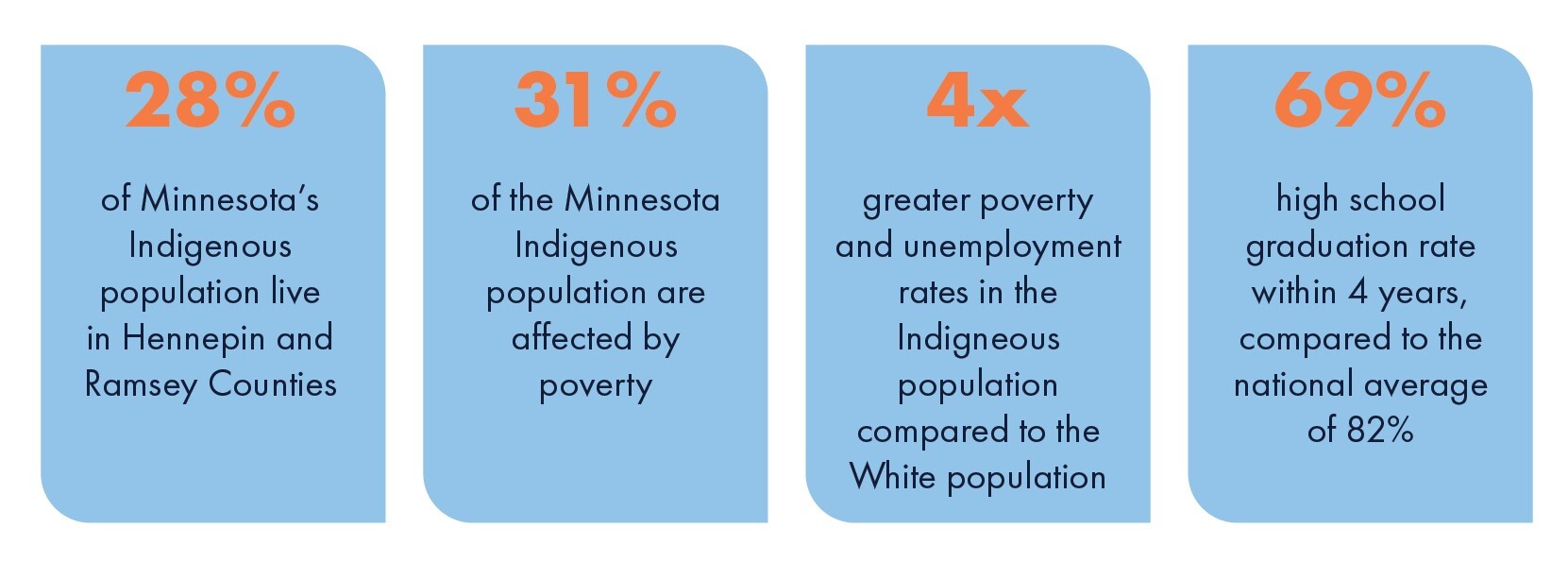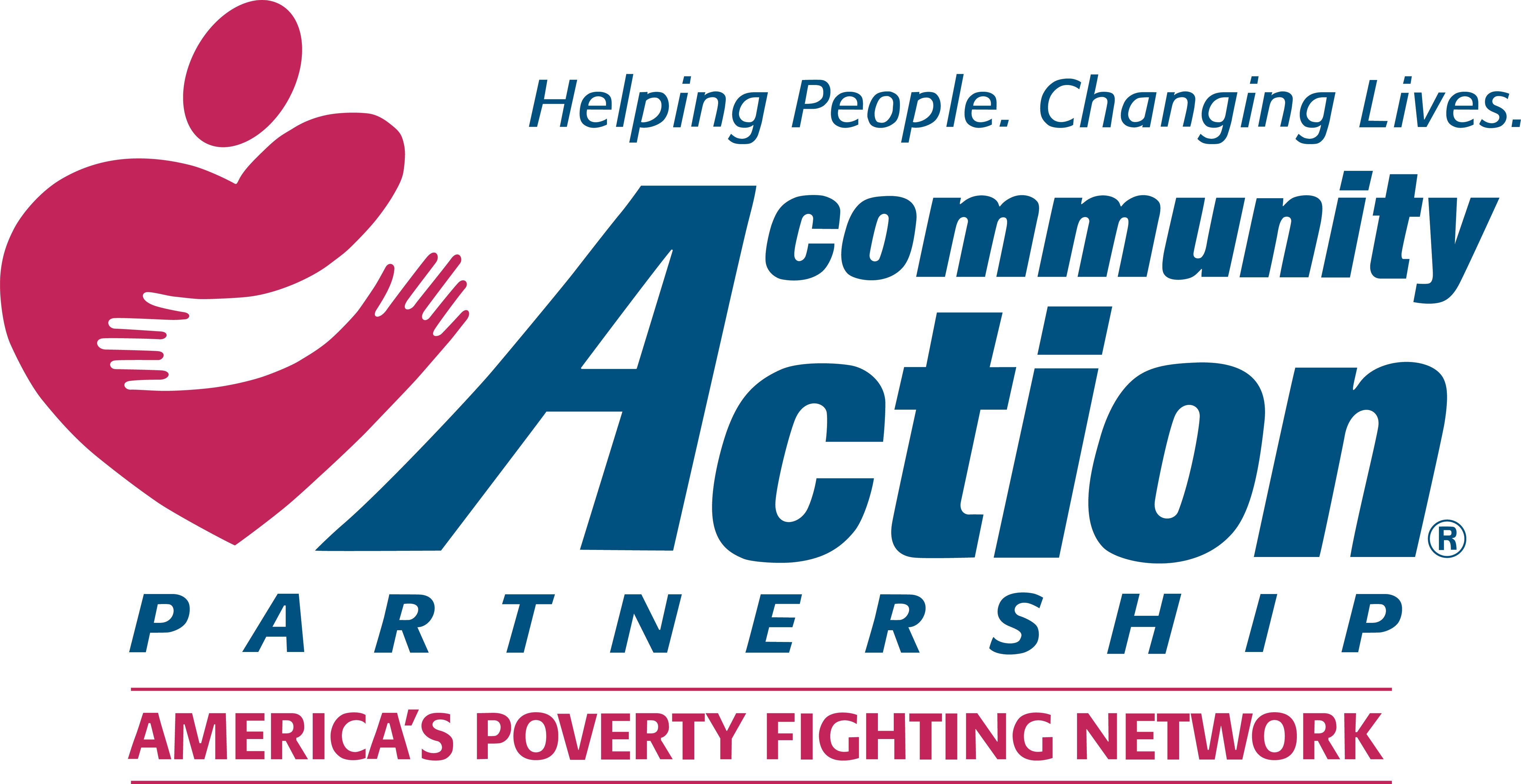
ANTI-INDIGENOUS POLICIES
Ten years after the establishment of the U.S. Indian Agency at Fort Snelling, a wave of anti-Indigenous laws and policies were implemented, starting with the Indian Removal Act. Anti-Indigenous attitudes and violence were occurring prior to 1830, especially during the time of rapid growth in settlement along the Mississippi River by White settlers. Tensions between White settlers, the military, local and federal governments, and the Dakota people grew leading up to the U.S.-Dakota war of 1862.
MAJOR MARKUP
White settlers continued to acquire Indigenous land for development. In 1868, Minnesota sold 94,631 acres to establish the University of Minnesota under the Morrill Act. The federal government paid Indigenous people $2,309 for the land and later sold it for $579,430 (worth nearly $11 million in 2021), a 251x markup.
INDUSTRY VERSUS SANCTITY
The government prioritized the development of mills over the sanctity and spiritual sacredness of the Anthony Falls. In 1857, one of the first canals was constructed along First Street South to improve the water distribution that supported the milling industry. Other dams and tunnel projects were in action to redirect water to mills. By 1916, mills peaked to producing 18.5 million barrels of flour — over 20% of the nation’s output. The mills at Anthony Falls were among the first hydropower sources developed in the U.S.

Sources: Bdote Memory Map, Minnesota Historical Society, Britannica, Land Grab U, MNDaily, MinnPost,
Minnesota Department of Human Resources Hennepin County, Federal Reserve Bank of Minneapolis, MN House
Research








